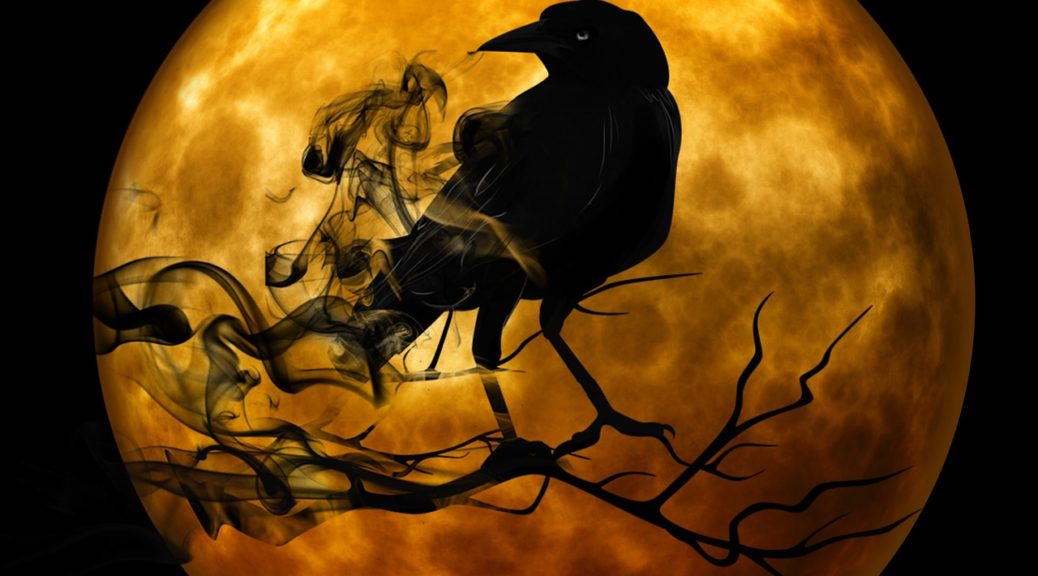6 New Year’s Resolutions Every Heathen Should Make
Well, that title is a bit of click-bait, isn’t it? Seriously though, as Heathens looking into the upcoming new year, we do have oaths, resolutions, or at least, things we’d like to accomplish next year. This is why I’ve come up with six resolutions we, as Heathens, should make for next year. See if you agree with me.
Take Better Care of Yourself

You may think it’s odd for me to tell you to to be selfish and take care of yourself first, but that’s exactly what I’m telling you. Your resolution should be to care for yourself better than you have been caring for yourself. This means getting more sleep, more rest, better quality food, and exercise. Why? Because if you don’t take care of yourself, no one else will. And if you care for others, i.e., children, animals, elderly, disabled, or sick, who will take care of them if you become sick? No one.
So, you need to care for yourself, in order to care for others in your life. Eat organic foods and less junk food. Exercise at least three times a week, preferably more. If you do get sick, stay home and get well–go to the doctor, if necessary. There are people who depend on you to be on top of your game; you won’t be 100 percent if you’re tired all the time, sick, or out-of-shape.
Did you know that 50 percent of Americans’ diets consist of processed food on average? Yes. All the soft drink, frozen meals, breakfast cereals, desserts, canned foods, and prepackaged whatever isn’t necessarily healthy for you and takes you away from your Heathen roots. I encourage you to buy local foods, which have ties to the land you live in, and will sustain you better and taste better than the shit that comes prepackaged.
Learn a New Skill
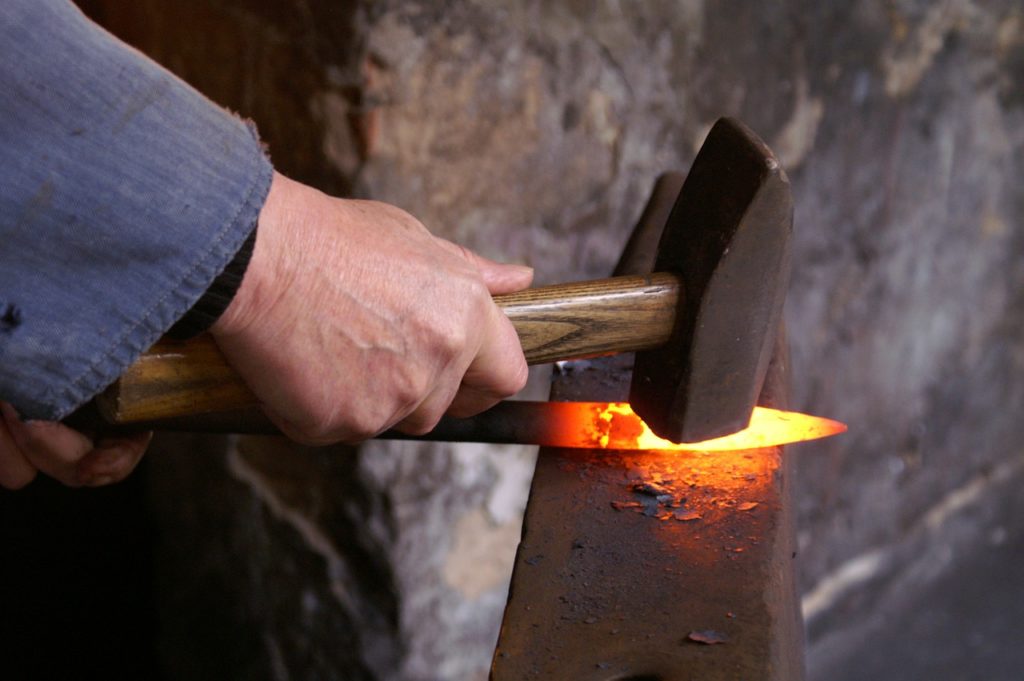
As Heathens, it’s important for us to keep our minds and bodies challenged. That means learning a new skill, whether it’s a new craft, a new language, a martial art, a musical instrument, or a new sport. Learning new things not only improves your mental function, it helps postpone the onset of dementia and Alzheimer’s disease. When we work on things that our ancestors did such as knife-making, hunting, knapping, leather tooling, farming, raising livestock, weaving, spinning, foraging, gardening, preserving food, and whatnot, you may find a greater understanding and link to the past.
Learn to Meditate

Meditation isn’t necessarily sitting cross-legged and saying “Ommm,” although you can do that, if you want to. Meditation is what is called “mindfulness,” which is being aware of your body and your surroundings. It’s being present within the moment.
Meditation allows you to pay attention to everything around you. It allows you to clear your thoughts and lower your heart rate. It allows you to reduce the stress in your life and your reaction to the stress. And it also enables us to forge a link between ourselves and the gods.
When we clear our thoughts, we open our minds to the gods and allow them to enter. Although they can overcome the constant chatter of our busy minds, they don’t like having to do that. Tyr, I know, isn’t thrilled with dealing with the chaotic “monkey mind” that we all have. He’ll do it when he has to, but he prefers an ordered mind. Loki, on the other hand, is great with distractions.
One good book worth considering is Meditation for Fidgety Skeptics. There are other good meditation books as well, so if you’d like other referrals, I can provide them.
Get Outdoors More Often

It’s all too common for humans to become “box people,” as one friend used to call people who never stepped foot in nature. These people went from climate-controlled homes to climate-controlled cars to a climate-controlled workplace, and back again. They had safely encapsulated themselves in boxes that didn’t challenge them. Oh sure, they might enjoy a nice day outside during lunch or on the weekend, but rain, snow, wind, heat? No way.
It’s ridiculously easy becoming maudlin about nature from the 10th story of a high rise, or even on the manicured lawns of suburbia. When you’re out in it, you have to learn what nature requires you to do. That means planning and preparing to be out with it. The wild is not a kind mistress — some areas are downright dangerous for the unprepared. Heathens need to go to those places –wild and natural places–where there is both beauty and danger, and know what to do. I’m not telling you to risk your life, by any stretch; I’m asking you to claim what is your birthright as a creature of this Earth. This requires knowledge, preparation, and skill.
If you’re not ready for a wilderness experience, you need to start small. Go to a park and enjoy the grass underfoot and the trees overhead. Watch the animals, however tame they may act around humans. Take walks more outside. Pay attention to your surroundings. Read about places you’d want to visit and go there when funds are available. In the meantime, learn the national forests and parks in your area. Learn about the wildlife. Become a hunter and angler. The more you learn about nature, the better that knowledge will serve you as a Heathen.
Learn More About Your Ancestors
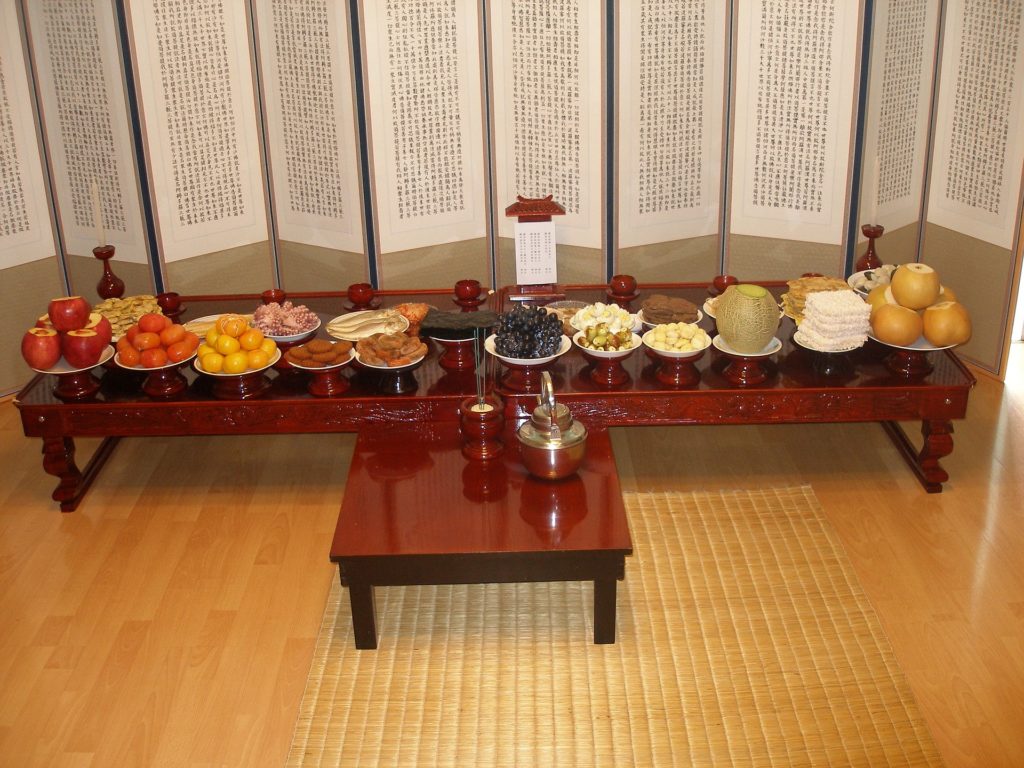
Love them or hate them, your relatives and ancestors say a lot about who you are. Without them, you would not exist. Whether you were adopted into your current family or whether the family who raised you were your actual birth parents, every Heathen should know where they came from. You should honor those ancestors whom you deem worthy of honoring. If you have no recent ancestors whom you feel are worthy of reverence, that’s okay. Go back further, or choose to honor more distant ancestors in general. Not all of them can be assholes.
Even if you can’t go back very far in your lineage, knowing and understanding the people whom your ancestry belongs to is a good idea. Why? Because you can add and incorporate customs, gods, and practices into your beliefs and honoring. That way, it becomes something more personal to you.
If you’re adopted, honoring the ancestors of your adopted parents can also bring meaning as well. After all, they chose you to be part of their family and kindred. Remember, we’re talking ethnicity here, and not race, because race is a construct. We’re all humans, which means if you were raised Swedish, even if your birth parents might have been Anglo Saxon, you’re Swedish in ethnicity, if not birth.
Learn More About Our Gods and Our Past
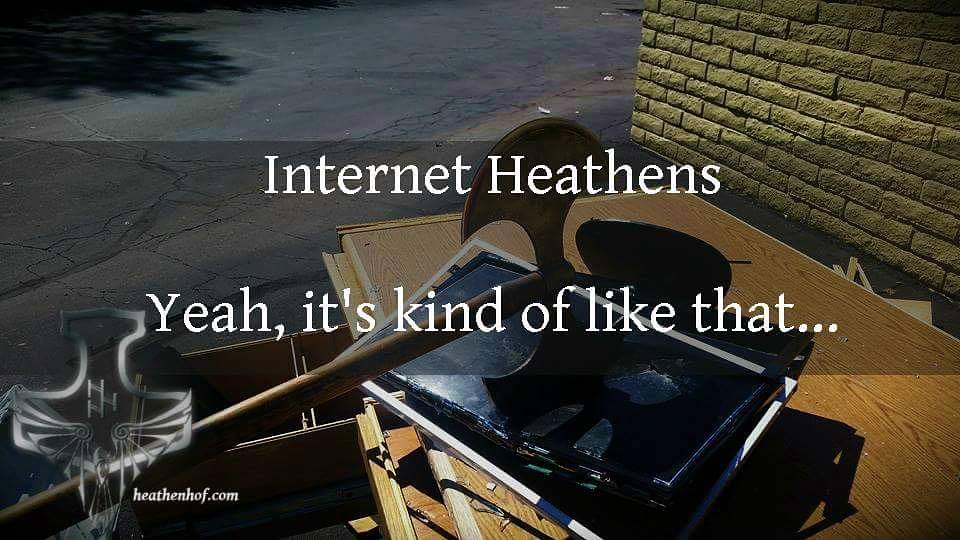
As Heathens, it’s important to read the Eddas, stories about our gods, and important literature that has made up much of what we know about the Heathens who came before us and Heathenry. Learning how to translate and read old manuscripts is a part of it, certainly, but even if you can’t pony up for a course in Old Icelandic, Old Norse, or Anglo Saxon, just reading the translated stories will provide richness to your life and your beliefs. It’s a good idea to do your own research and formulate your own thoughts–lots of recon wankers will tell you what to believe because they have a “theory.” Trust me, you can decide for yourself.
I hope you’ve enjoyed this post on resolutions. If you did, consider buying me a coffee for my hard work. See you here in 2019. May you have a wonderful and safe New Year!

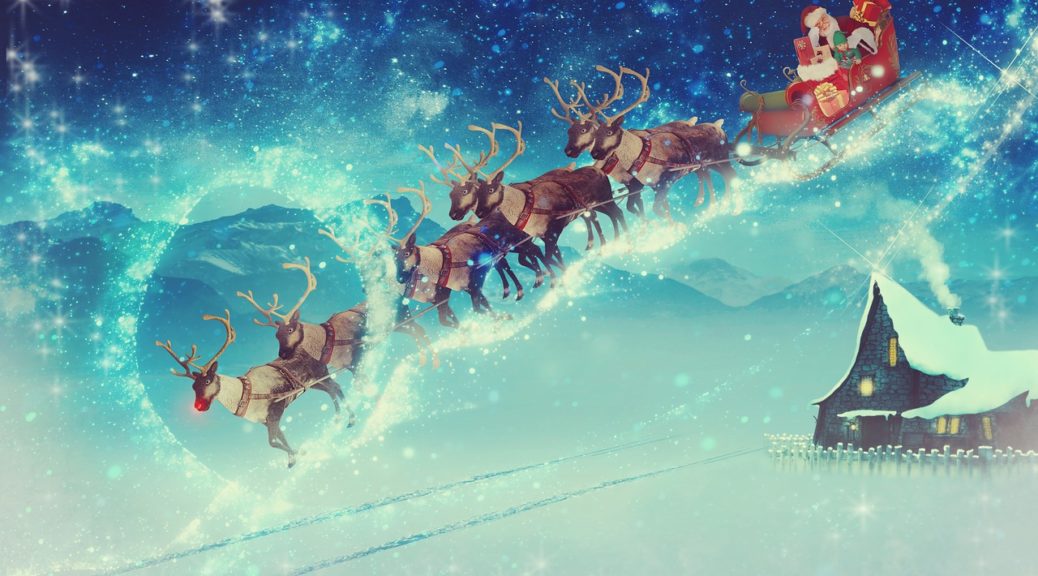

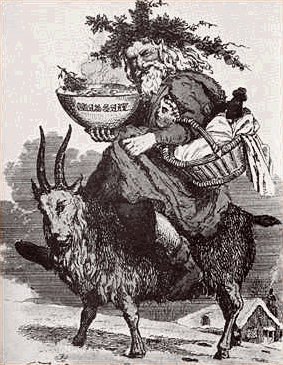
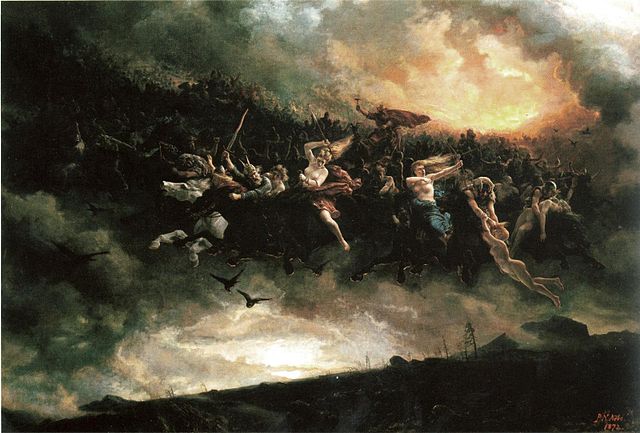
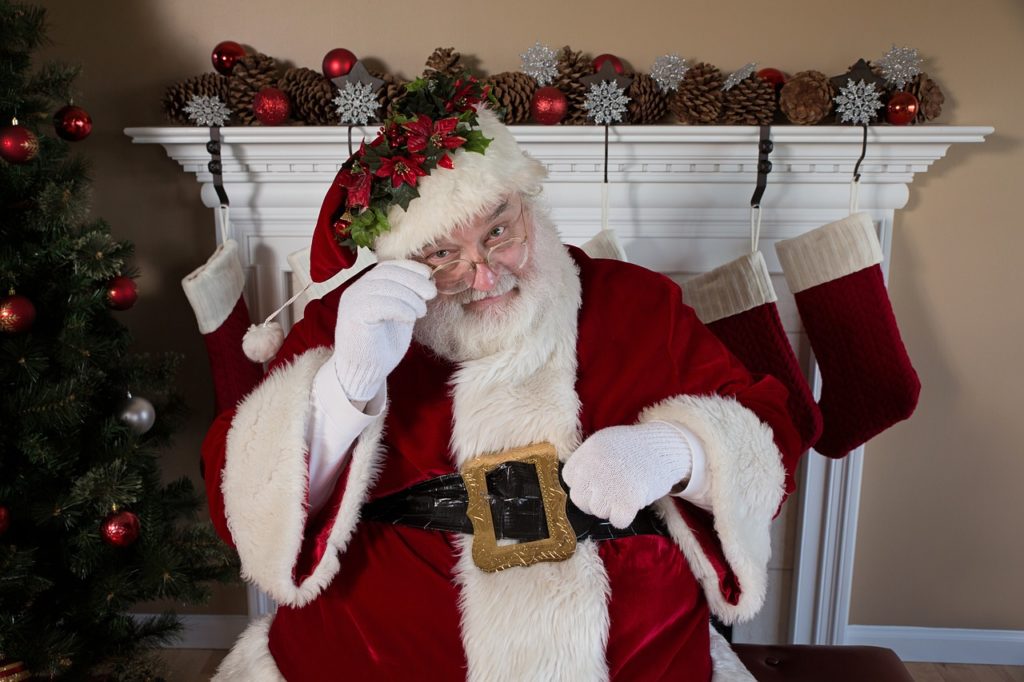
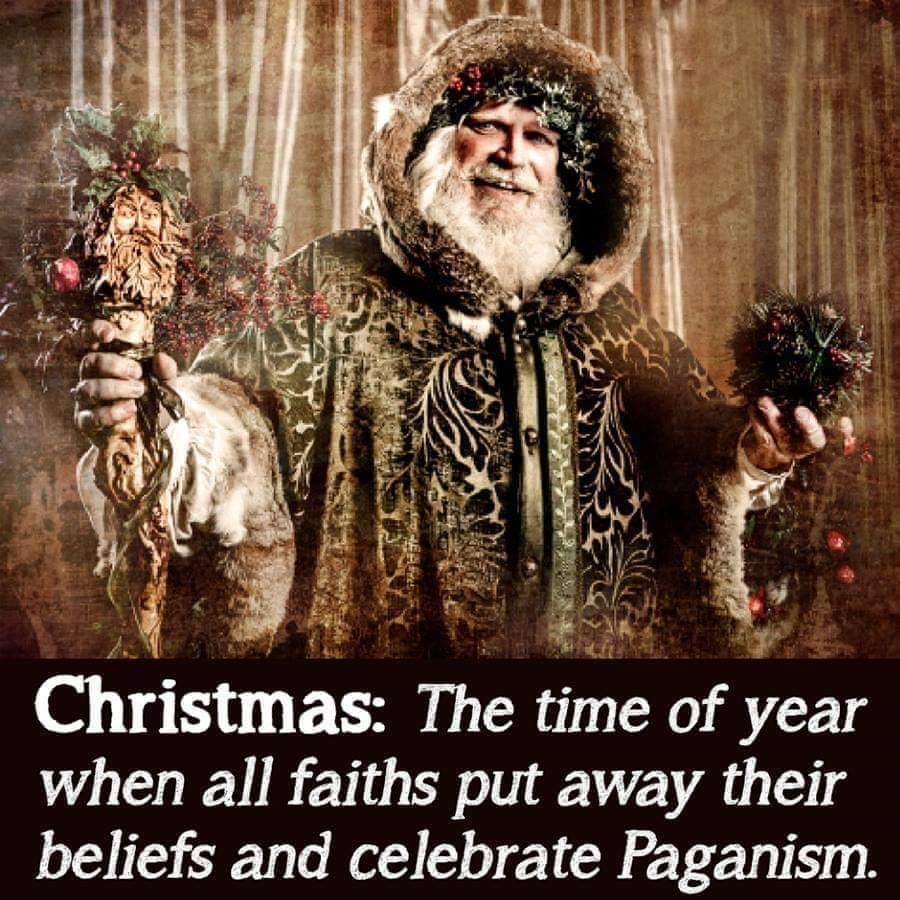
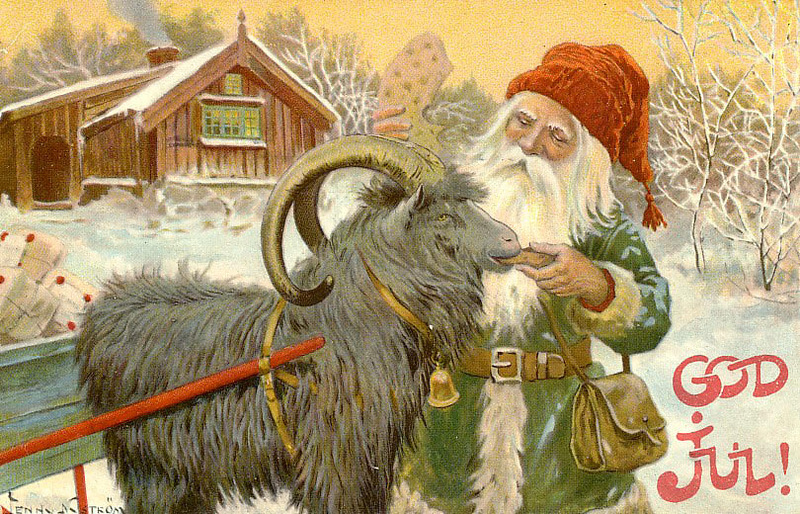

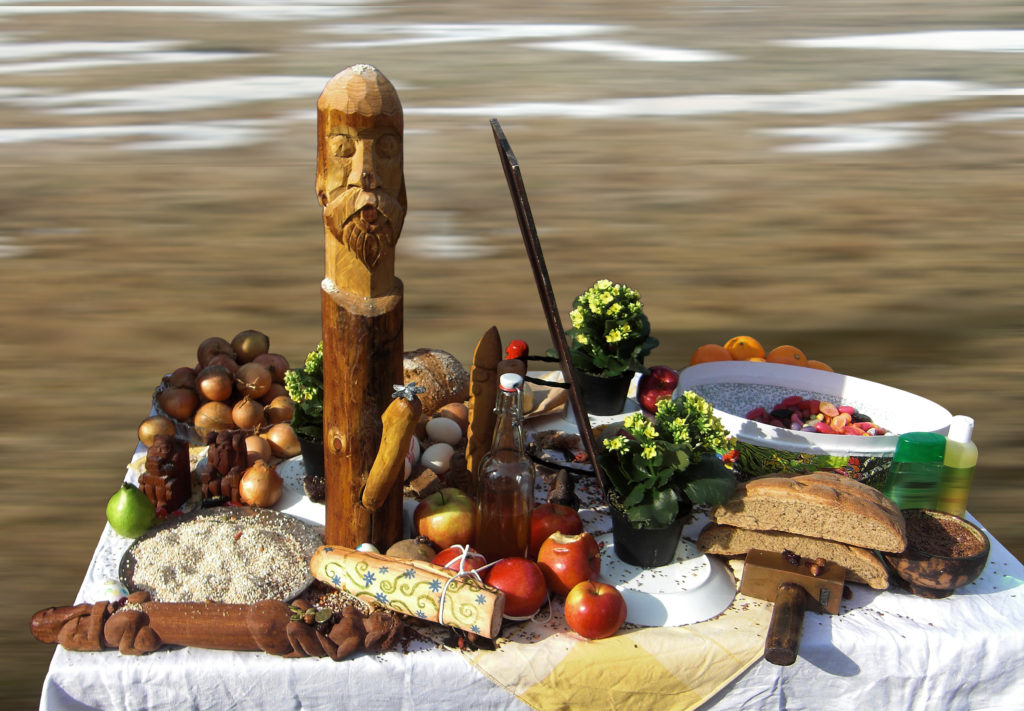



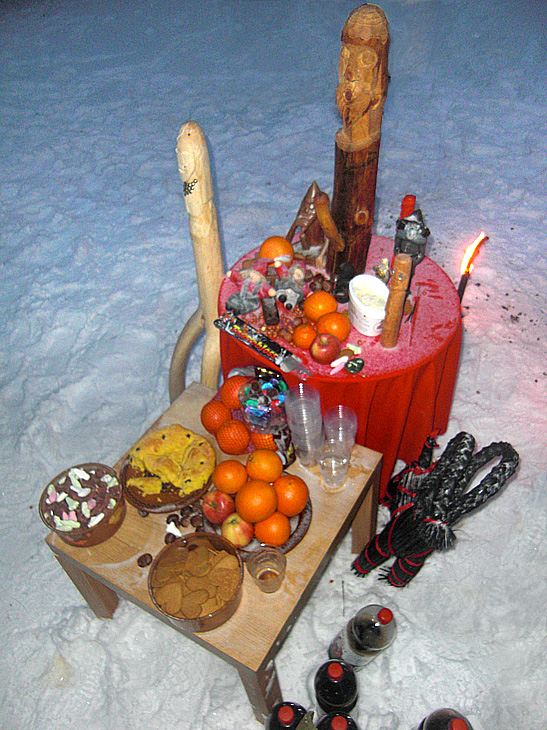
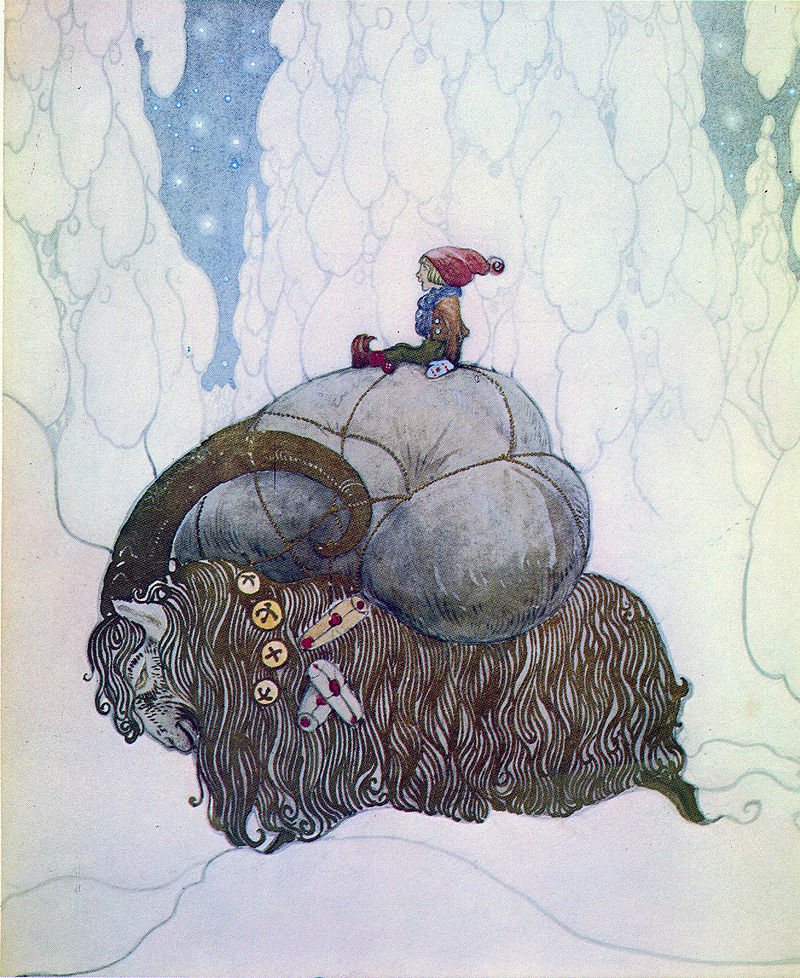
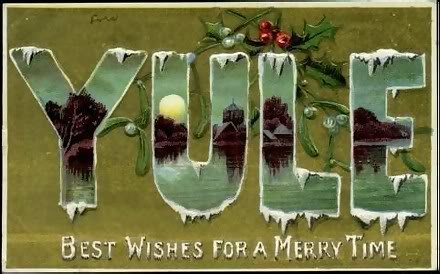 Hunting season has drawn to a close, which means
Hunting season has drawn to a close, which means  Prayer and offerings are part of our beliefs, and yet, it can look strange to those outside of our religion. It’s not that I’m ashamed of my beliefs, it’s just that my husband doesn’t understand or believe in them. Looking at it from an atheist perspective, I get it. It looks like a bunch of woo-woo to him and it can look like I’ve lost my marbles. (Maybe I have?) But I do get it. Not everyone is going to look on our religion positively, which is why I’m presenting a more secular Yule to my family and not pushing my religion on those who aren’t interested in it.
Prayer and offerings are part of our beliefs, and yet, it can look strange to those outside of our religion. It’s not that I’m ashamed of my beliefs, it’s just that my husband doesn’t understand or believe in them. Looking at it from an atheist perspective, I get it. It looks like a bunch of woo-woo to him and it can look like I’ve lost my marbles. (Maybe I have?) But I do get it. Not everyone is going to look on our religion positively, which is why I’m presenting a more secular Yule to my family and not pushing my religion on those who aren’t interested in it. and desserts to prepare for the upcoming Yule. I’ll also be offering my female ancestors gifts on my altar. When cooking, I often go into meditation and focus on my ancestors. Sometimes, I’ll hear the ones who were closest to me in my mind. It is a day to honor them, so I do things that they would appreciate. Usually involves holiday preparations.
and desserts to prepare for the upcoming Yule. I’ll also be offering my female ancestors gifts on my altar. When cooking, I often go into meditation and focus on my ancestors. Sometimes, I’ll hear the ones who were closest to me in my mind. It is a day to honor them, so I do things that they would appreciate. Usually involves holiday preparations. This is a big day for me. I will designate a Yule log to burn in my woodstove. If I can find good twine, I may make it prettier with pine boughs and pine cones. I will put together a venison roast for dinner and we will crack open a mead to celebrate. I may try my hand at making a yule log cake. In the late evening, I will hold a blot outside for the gods. I will also leave gifts to Sunna, Mani, Baldr, Loki, Tyr, and Skadi on my altar. I may gather the ashes from the Yule log later to smudge the corners of the house for protection. I will read the runes for the Solstice to get a feel as to what is to come for the new year.
This is a big day for me. I will designate a Yule log to burn in my woodstove. If I can find good twine, I may make it prettier with pine boughs and pine cones. I will put together a venison roast for dinner and we will crack open a mead to celebrate. I may try my hand at making a yule log cake. In the late evening, I will hold a blot outside for the gods. I will also leave gifts to Sunna, Mani, Baldr, Loki, Tyr, and Skadi on my altar. I may gather the ashes from the Yule log later to smudge the corners of the house for protection. I will read the runes for the Solstice to get a feel as to what is to come for the new year.
 freezer, so we’ll have a traditional Dickens type of dinner.
freezer, so we’ll have a traditional Dickens type of dinner.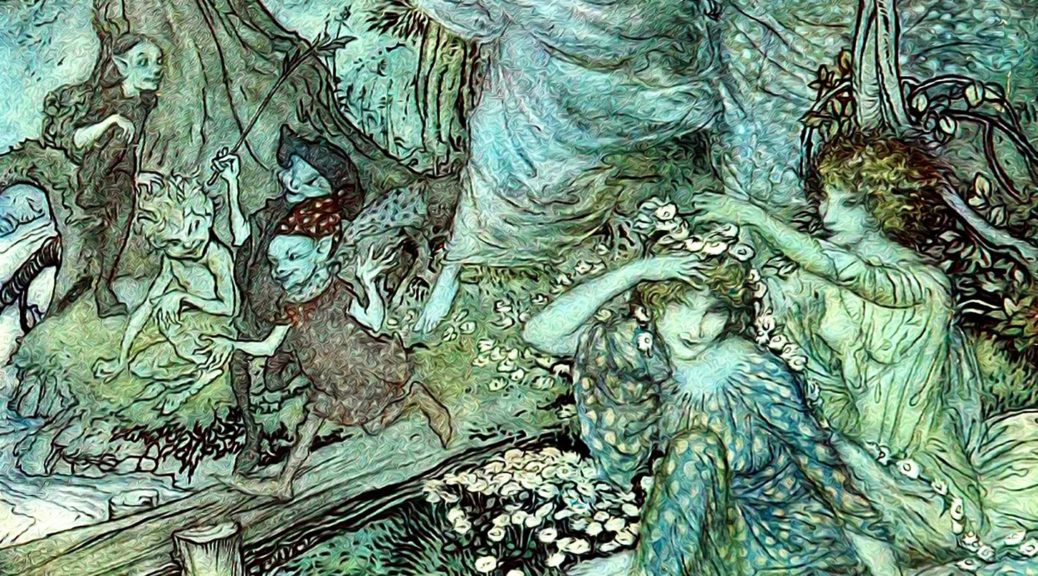
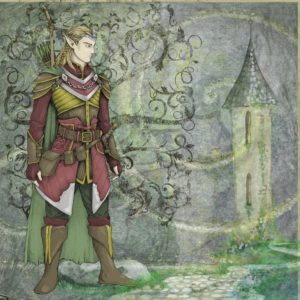 Historians used to look at folk tales and fairy tales as cute stories to tell children, but in light of current evidence, maybe they were true. I’m talking about other races like the Elves and Wights whom we show our respect. Maybe there is a collective unconscious like Jung proposed. Perhaps we’re remembering other races through the passage of time? Stick with me on this, and maybe I can offer a scientific and rational explanation for our stories.
Historians used to look at folk tales and fairy tales as cute stories to tell children, but in light of current evidence, maybe they were true. I’m talking about other races like the Elves and Wights whom we show our respect. Maybe there is a collective unconscious like Jung proposed. Perhaps we’re remembering other races through the passage of time? Stick with me on this, and maybe I can offer a scientific and rational explanation for our stories. What Races Coexisted with Homo Sapiens?
What Races Coexisted with Homo Sapiens?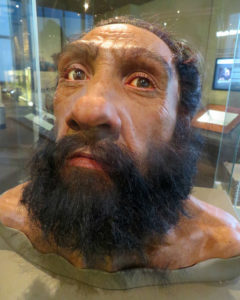 amongst the two species
amongst the two species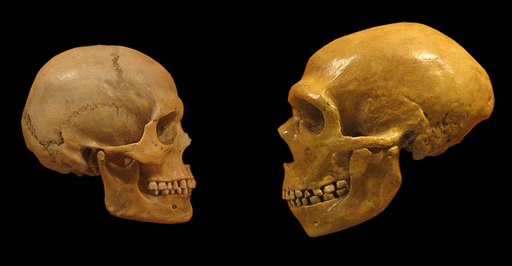 The Neanderthals were heavier set and tended to hunt close up against some pretty dangerous prey, like mammoths. That meant that they suffered some pretty serious injuries. Their heavier bodies, bigger chests, and large noses gave them the ability to live in colder climates. They had adapted to their environment successfully, which probably put our Homo sapiens ancestors in awe. Homo sapiens had evolved in hotter climates, making the colder climates our ancestors entered a real challenge in a lot of ways.
The Neanderthals were heavier set and tended to hunt close up against some pretty dangerous prey, like mammoths. That meant that they suffered some pretty serious injuries. Their heavier bodies, bigger chests, and large noses gave them the ability to live in colder climates. They had adapted to their environment successfully, which probably put our Homo sapiens ancestors in awe. Homo sapiens had evolved in hotter climates, making the colder climates our ancestors entered a real challenge in a lot of ways.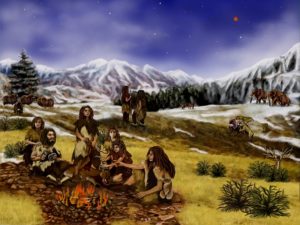
 humans bred with them and that
humans bred with them and that  with their own progeny, hoping to fool humans. It’s believed that these changeling stories are in existence to explain birth defects and
with their own progeny, hoping to fool humans. It’s believed that these changeling stories are in existence to explain birth defects and 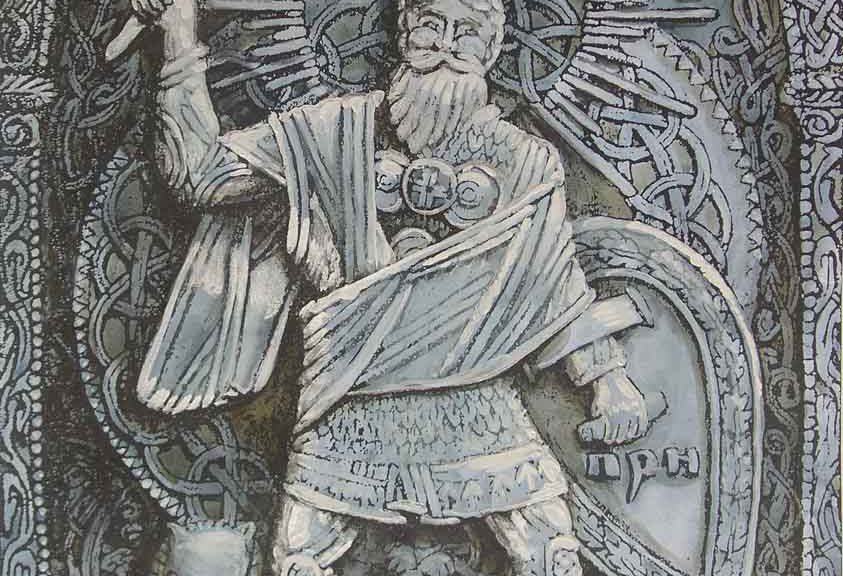
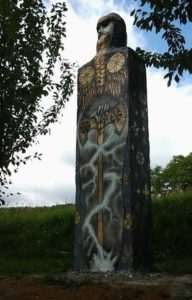 I think I have another god I need to consider. Skadi, Tyr, Loki, Freyja, Freyr, Frau Holle, Odin, and yes, Thor, are all gods and goddesses have had my attention for some time. But recently, there’s been a shift and I’m starting to learn more about Perun, the Slavic god of Thunder. And oddly, he feels more familiar to me than Thor.
I think I have another god I need to consider. Skadi, Tyr, Loki, Freyja, Freyr, Frau Holle, Odin, and yes, Thor, are all gods and goddesses have had my attention for some time. But recently, there’s been a shift and I’m starting to learn more about Perun, the Slavic god of Thunder. And oddly, he feels more familiar to me than Thor. On first blush, Perun is a lot like Thor. He wields an axe or a hammer; a goat pulls his chariot. His hammer or axe returns to him after he has thrown it. He wields lightning and thunder. His beard is copper and he is incredibly strong. Like the Norse and Germanic gods, the Slavs look at the universe as a World Tree. At the roots is a dragon or serpent which Perun will fight.
On first blush, Perun is a lot like Thor. He wields an axe or a hammer; a goat pulls his chariot. His hammer or axe returns to him after he has thrown it. He wields lightning and thunder. His beard is copper and he is incredibly strong. Like the Norse and Germanic gods, the Slavs look at the universe as a World Tree. At the roots is a dragon or serpent which Perun will fight.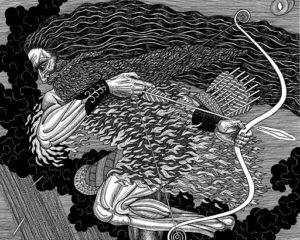 steals Perun’s cattle, children, or wife in an effort to provoke him. The story goes that Veles hides from Perun and when Perun sees Veles, he throws a thunderbolt. Only Veles escapes. Hence the reason lightning strikes seemingly harmless places.
steals Perun’s cattle, children, or wife in an effort to provoke him. The story goes that Veles hides from Perun and when Perun sees Veles, he throws a thunderbolt. Only Veles escapes. Hence the reason lightning strikes seemingly harmless places.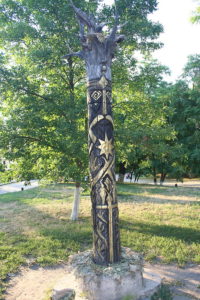 The
The 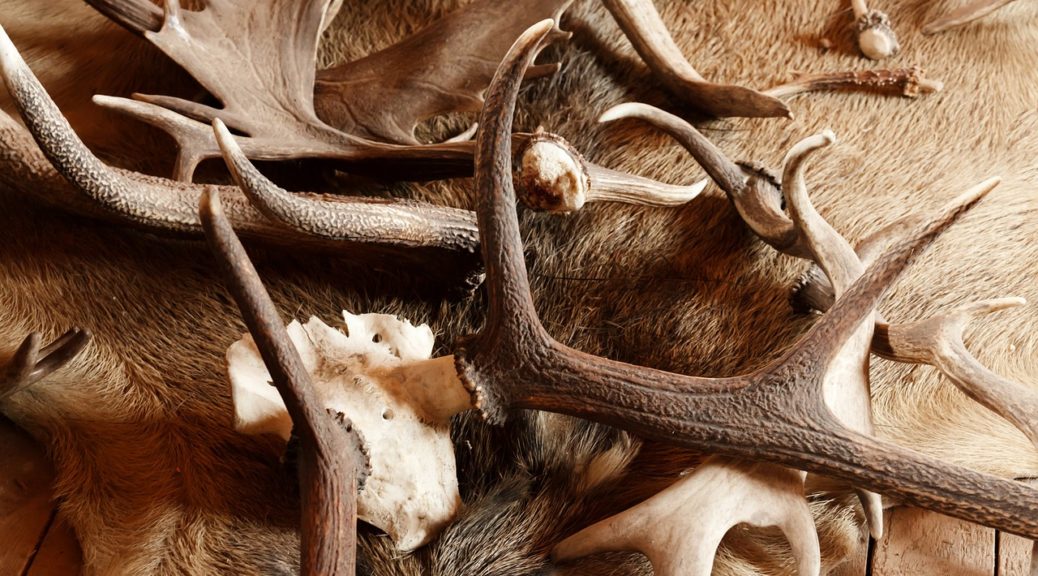
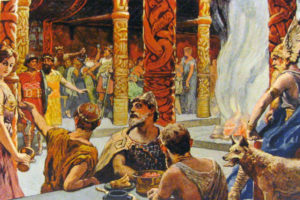 I ran into
I ran into 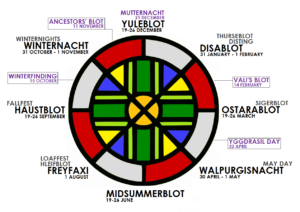 Yes, I know
Yes, I know 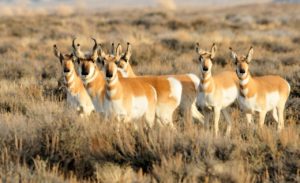 the next county–or next country, for that matter. Having gotten within 300 yards (that’s three football fields) of a pronghorn antelope I was trying to shoot and having the entire herd bust us and run away at 60 miles per hour (second fastest land animal), let me say, it has been more than frustrating.
the next county–or next country, for that matter. Having gotten within 300 yards (that’s three football fields) of a pronghorn antelope I was trying to shoot and having the entire herd bust us and run away at 60 miles per hour (second fastest land animal), let me say, it has been more than frustrating. So, I’m running late to get to an appointment. I’m cold, I’m tired, and I’m sore from chasing animals in the back country. I literally get in the car and am about to turn the key when I look up. About fifty yards away from the truck is a buck. A legal buck. In a safe place with good angles, if I shot him. The only bad side of the entire thing is that, well, I’m in my truck. Without my rifle, orange, or tags. And I’m late, late, late to an appointment. Oh, and if he leaves, he’s going down a 50 plus foot embankment, and assuming I hit him, I’m going to have a Hel of a time trying to get him out of there by myself until my husband comes home.
So, I’m running late to get to an appointment. I’m cold, I’m tired, and I’m sore from chasing animals in the back country. I literally get in the car and am about to turn the key when I look up. About fifty yards away from the truck is a buck. A legal buck. In a safe place with good angles, if I shot him. The only bad side of the entire thing is that, well, I’m in my truck. Without my rifle, orange, or tags. And I’m late, late, late to an appointment. Oh, and if he leaves, he’s going down a 50 plus foot embankment, and assuming I hit him, I’m going to have a Hel of a time trying to get him out of there by myself until my husband comes home. got my rifle and orange, but I got them anyway. I walked out of the house. He was still there. I walked down the drive to get a better shot and to ensure I wasn’t going to hit anything I didn’t intend on hitting. He just stood there watching me.
got my rifle and orange, but I got them anyway. I walked out of the house. He was still there. I walked down the drive to get a better shot and to ensure I wasn’t going to hit anything I didn’t intend on hitting. He just stood there watching me.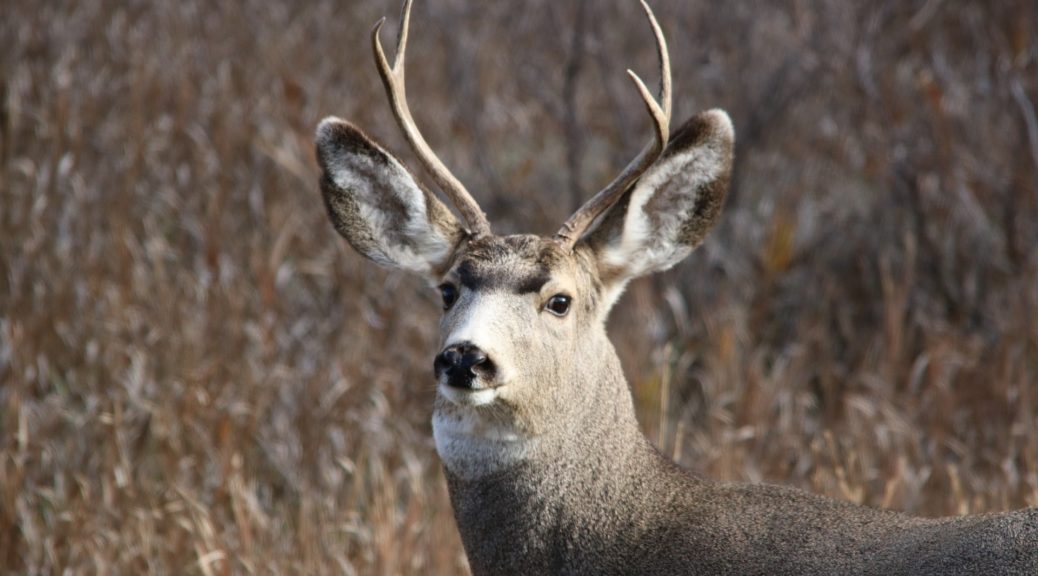
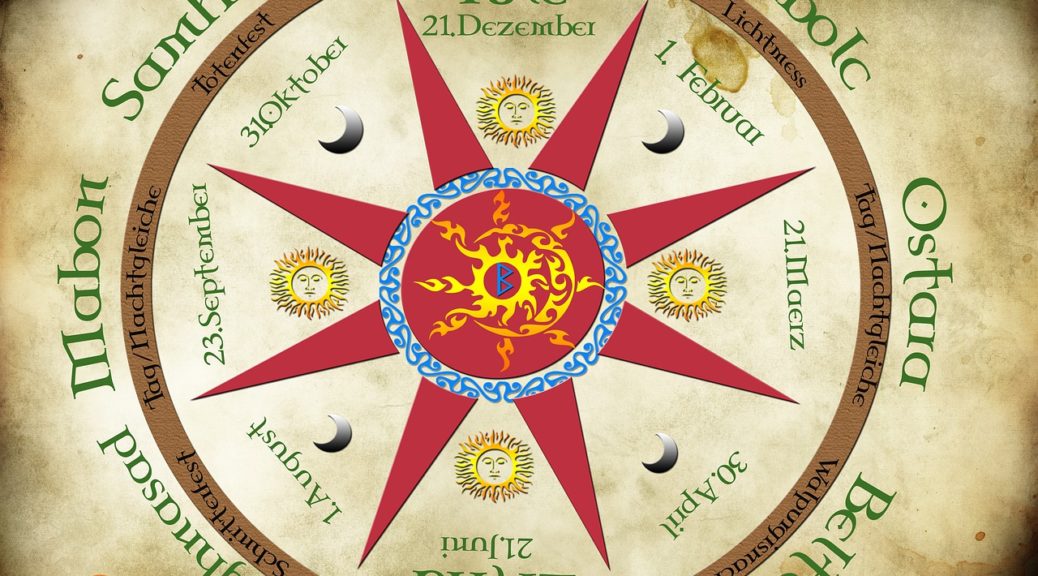
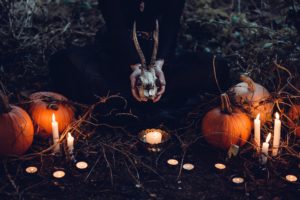 Ah the joys of Samhain and the muddled mix of goddesses and pantheons that the Wiccans bring. Don’t get me wrong — I’m a person who believes the Heathen gods and goddesses are the same as gods and goddesses with different names in other pantheons. However, there are differences and I’m not into simply playing the mix-and-match game that many pagans do.
Ah the joys of Samhain and the muddled mix of goddesses and pantheons that the Wiccans bring. Don’t get me wrong — I’m a person who believes the Heathen gods and goddesses are the same as gods and goddesses with different names in other pantheons. However, there are differences and I’m not into simply playing the mix-and-match game that many pagans do.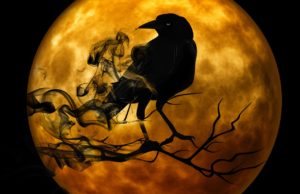 without respect for each culture and pantheon. That smush Zoroastrianism with Celtic beliefs and call it good. Or that brings in Christian, Egyptian, and Norse gods and beliefs together in a type of melange that is quite unpalatable.
without respect for each culture and pantheon. That smush Zoroastrianism with Celtic beliefs and call it good. Or that brings in Christian, Egyptian, and Norse gods and beliefs together in a type of melange that is quite unpalatable.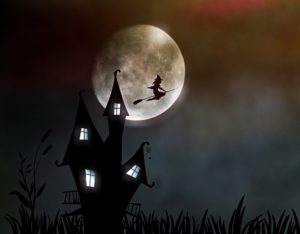 Samhain was the Celtic/Gaelic new year which is a lot like our Yule (which, incidentally, the Wiccans also celebrate.) Harvest was an important time for them, and Wiccans believe that the veil between the living and the dead thins during this time. Yule, on the other hand, deals with the the darkest times of the year, if you’re in the Northern Hemisphere, which is more in turn with the concept of the “Veils.”
Samhain was the Celtic/Gaelic new year which is a lot like our Yule (which, incidentally, the Wiccans also celebrate.) Harvest was an important time for them, and Wiccans believe that the veil between the living and the dead thins during this time. Yule, on the other hand, deals with the the darkest times of the year, if you’re in the Northern Hemisphere, which is more in turn with the concept of the “Veils.”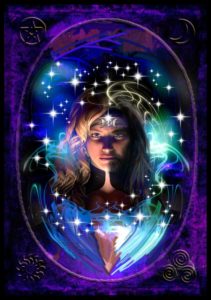 be sure, but when you mix different systems, you can’t help but lose some of the authenticity. If you’re a Wiccan, I mean no insult. I like people who are Wiccans as much (and sometimes more) than some Heathens I know. Even so, you’re in Wicca for the magic and witchcraft. I get that. We have our own (ahem) “magic,” but it isn’t necessarily the spell variety. In fact, it’d be nice if Heathens did court the Wiccans to get some of their numbers in ours. (I guess we won’t do that by calling them “Heathen Lite,” eh?)
be sure, but when you mix different systems, you can’t help but lose some of the authenticity. If you’re a Wiccan, I mean no insult. I like people who are Wiccans as much (and sometimes more) than some Heathens I know. Even so, you’re in Wicca for the magic and witchcraft. I get that. We have our own (ahem) “magic,” but it isn’t necessarily the spell variety. In fact, it’d be nice if Heathens did court the Wiccans to get some of their numbers in ours. (I guess we won’t do that by calling them “Heathen Lite,” eh?)